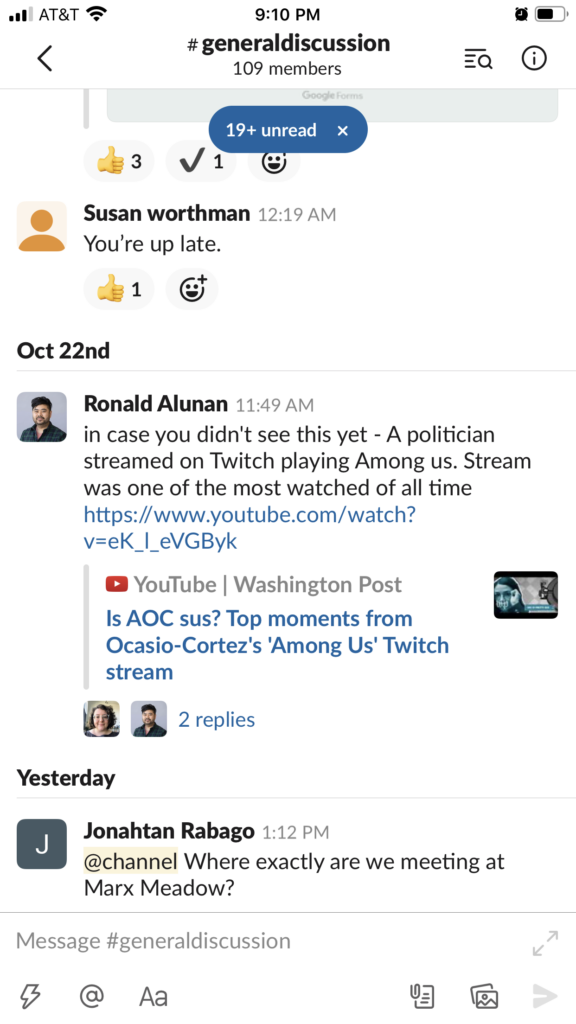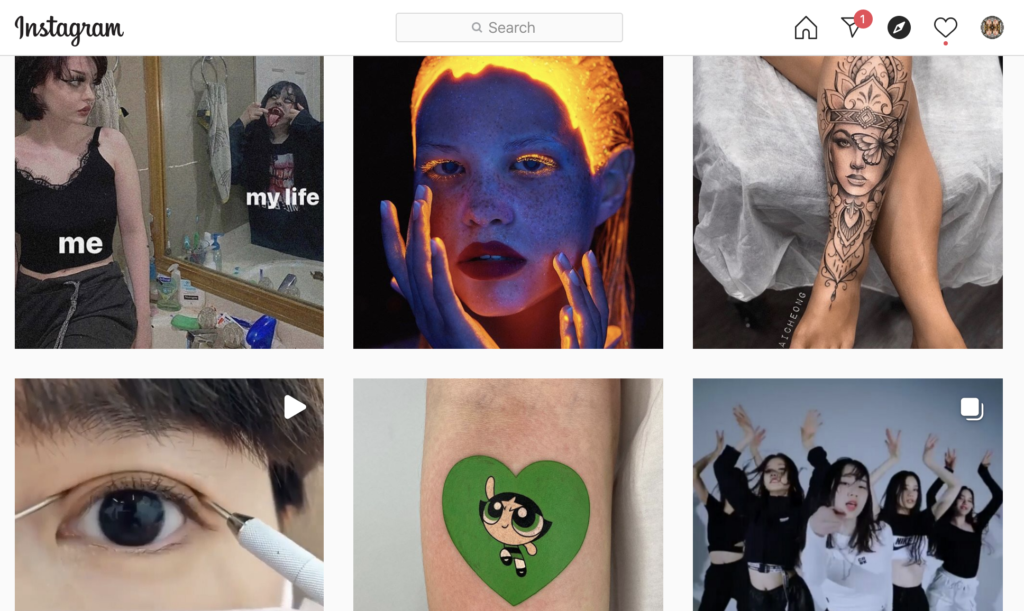The design patterns from the book A Pattern Language comes from Christopher Alexander’s observation of small towns that survived from the Medieval century. The way people construct the buildings falls naturally along with a certain set of rules, which sets the base of early architecture.
In #41 Work Community, Alexander explores the physical and social characteristics of a “workspace” and how a community generates from the working scenarios. He defines a work community as “a collection of small clusters of workspaces gathered around a larger common square or common courtyard”.
The pattern Alexander discovered could also extend to a digital space. Slack, for example, shares a similar structure. On the dashboard, you can see several channels, each represents a completely different workspace.

Each channel has its own home page. This represents what Alexander describes as a “common square”. At a glance, users can see the whole picture of the workspace, and most of the communications ongoing.

The common square links to a set of sub-channels where people can communicate directly and work “face to face” (virtually, of course). You can jump in and out from the common square to those separate channels easily.

Despite the common workspace, there is also a direct message feature, which adds a separate level of clustering. The structure of Slack generally follows the pattern Alexandar describes in the book, which allows a comfortable and effective work environment.
In #148, Alexander discusses the importance of small workgroups, which allows institutions to break down into spacially identifiable groups and make sure each group is in sight of the other groups.
I think Trello is in really good use of this concept. You can see people’s alias show on each card. Members can easily have a general glance of the whole team as well as a clear mind on what group they belong to.

Social media is probably one of the best examples to demonstrate Alexander’s idea of “Mosaic of Subcultures”. In apps like Instagram, feeds from all kinds of subcultures are tiled closely side by side. Viewers have the power to showcase their own lifestyle as well as full access to the variety of others’. They can enter someone’s space and explore more if they are interested.


I like your examples of slack when explaining Christopher Alexander’s patterns he describes. In particular like the common square example you used.
HUGE! really cool way of organizing this info, also your many examples made these concepts more clear for myself too!
Nice representation of Slack features using pictures to describe how it relates to Work Community pattern.
very nice examples! i forgot to include the direct message feature in slack as a clustering level